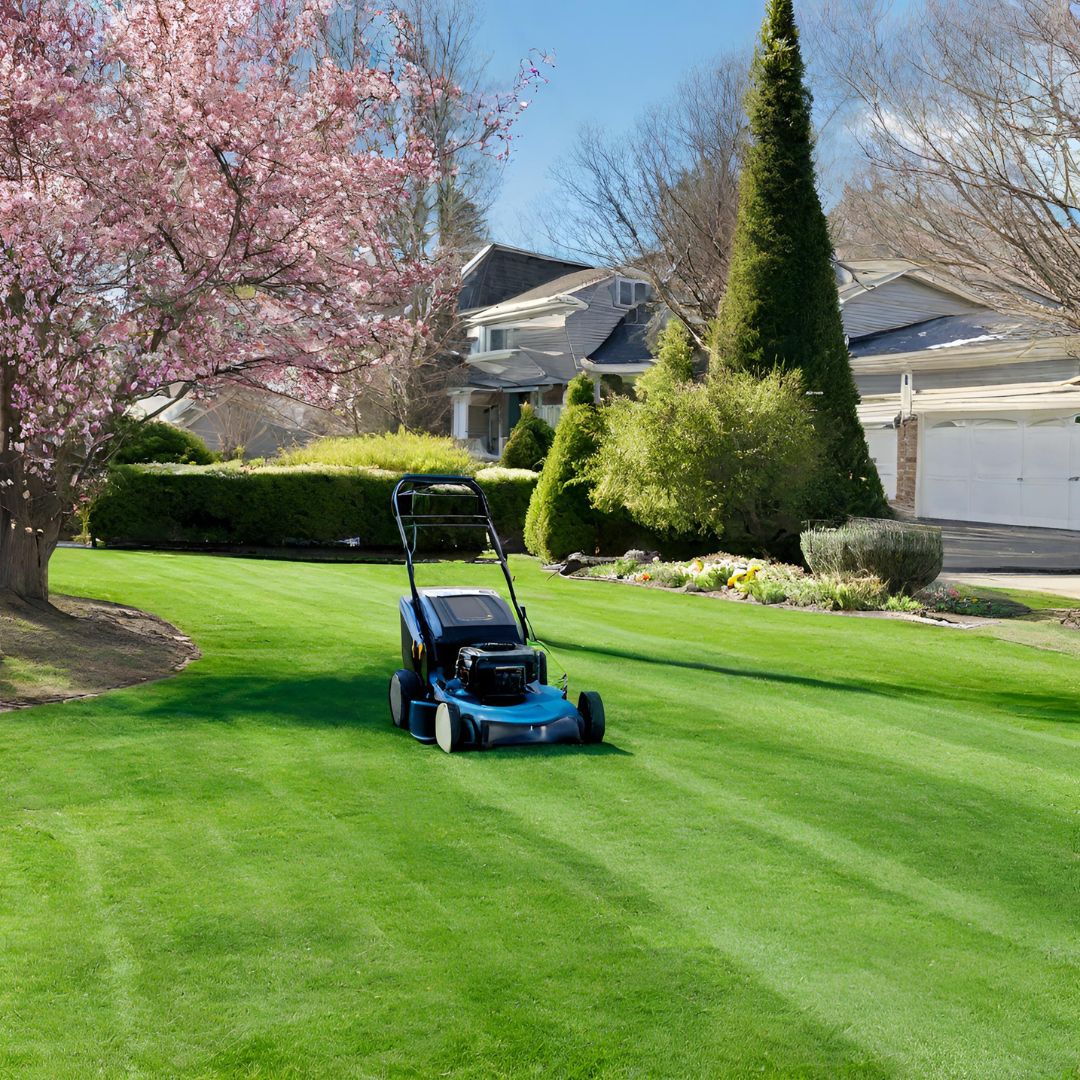As the seasons change, so do the needs of your lawn. Transitioning from winter to spring requires not just a change in your wardrobe but also an adaptation in your lawn care routine. This guide will delve into seasonal lawn mowing practices tailored to weather conditions and grass types, ensuring your lawn is not just surviving but thriving.
Understanding Your Lawn's Seasonal Cycle
Winter: Preparation and Protection
During the colder months, lawn growth slows down, but that doesn't mean your work is done. It's a period for preparation and protection. Winter is the time to:
– Service Your Mower: Ensure your lawn mower is in top condition for the upcoming season. Sharpen the blades, check the oil, and consider a professional tune-up, get ready for some lawn mowing!.
– Protect Your Lawn: Keep your lawn clear of debris and heavy objects that can create dead spots come spring.
Early Spring: Awakening and Assessment
As temperatures begin to rise, your lawn will awaken from its winter dormancy. This phase is critical for setting the tone for the rest of the year.
– Initial Cleanup: Gently rake your lawn to remove thatch and winter debris. This improves air and moisture penetration.
– First Mow: Wait until your lawn has grown at least two inches before the first cut. Cutting too early can stress the grass.
Spring into Action: Regular Maintenance
Now, the real work begins. Spring is when your lawn mowing routine kicks into full gear.
– Adjust Your Mowing Height: Start the season mowing higher to encourage root growth. As the season progresses, you can gradually lower the cutting height but never remove more than a third of the grass blade at a time.
– Frequency: Increase mowing frequency as the growth accelerates. A weekly mow may be necessary to keep up with the spring surge.
Adapting to Weather Conditions and Grass Types
– Wet Conditions: Wait for the lawn to dry before mowing to prevent clumping and uneven cuts.
– Grass Types: Cool-season grasses (like fescue and bluegrass) thrive in spring and should be cut higher. Warm-season grasses (like Bermuda and zoysia) will start to grow more actively as temperatures rise, requiring a lower cutting height.
Seasonal Tips and Tricks
– Mulching vs. Bagging: Spring is a great time to mulch your clippings back into the lawn, providing nutrients and moisture.
– Sharpening Blades: Keep blades sharp for a clean cut, which helps prevent disease.
Conclusion: Enjoying Your Lush Lawn
By following these seasonal lawn mowing and care tips, you'll ensure your lawn is not just surviving the transition from winter to spring but is lush, healthy, and ready for the warmer months ahead. Remember, a little extra care during these seasonal transitions can make all the difference for your lawn's health and appearance.







